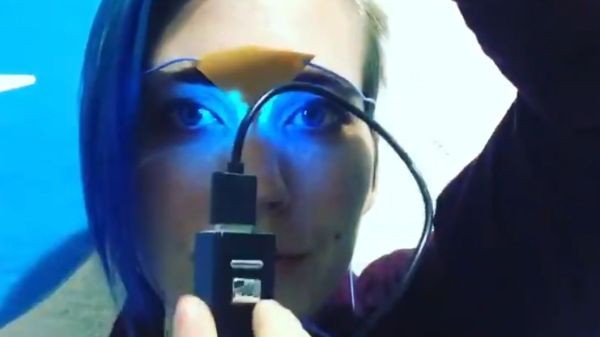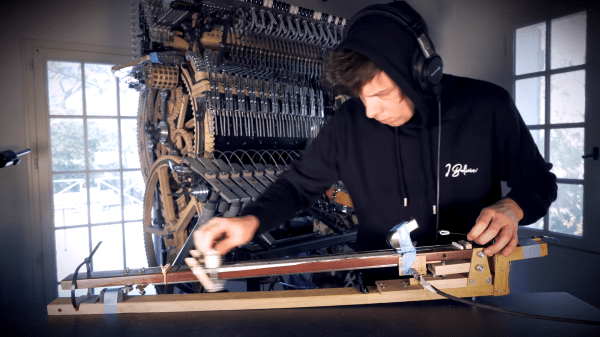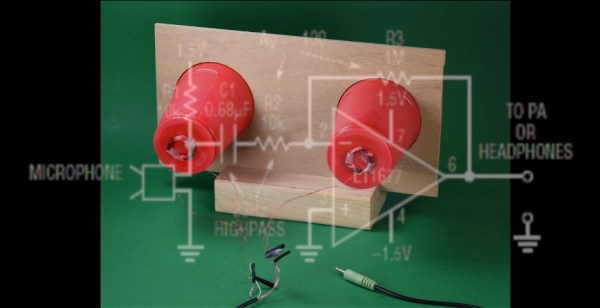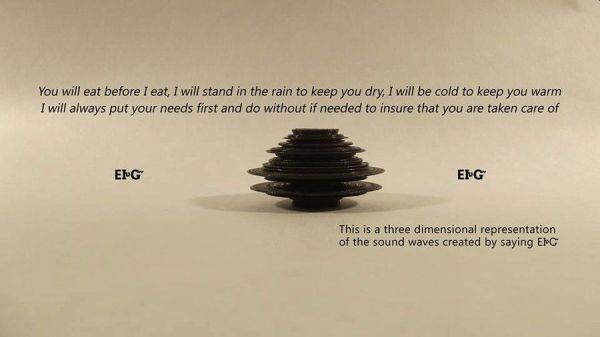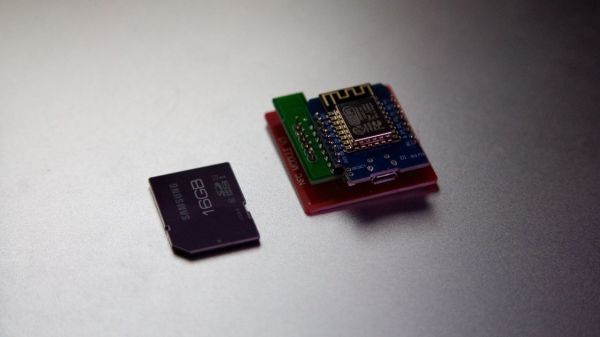Sleep schedules are an early casualty in the fight to be productive. Getting good sleep is an uphill battle, so anything that can help us is a welcome ally. We all know about the phone and computer settings that turn down the infamous blue hues at sunset, but what about when you want more blue light? Maybe you want to convince your body to stay awake to pre-acclimate for a trip across time zones. Perhaps you work or live in a place that doesn’t have windows. Menopause introduces sleep trouble, and that is a perilously steep hill.
[glowascii] takes the approach of keeping-it-simple when they arrange six blue LEDs under a flesh-tone patch, which isn’t fooling anyone and powers the lights with a USB power pack. Fremen jokes aside, light therapy is pricey compared to parts some of you have sitting in a drawer. Heck, we’d wager that a few of you started calculating the necessary resistor sizes before you read this sentence. Even if you don’t need something like this, maybe you can dedicate an afternoon to someone who does.
DIY therapy has a special place in our (currently organic) hearts, such as in this rehabilition glove or a robot arm.
Continue reading “Got Me Feeling Blue”

